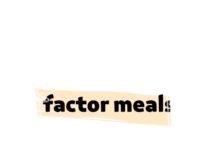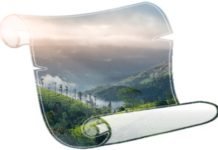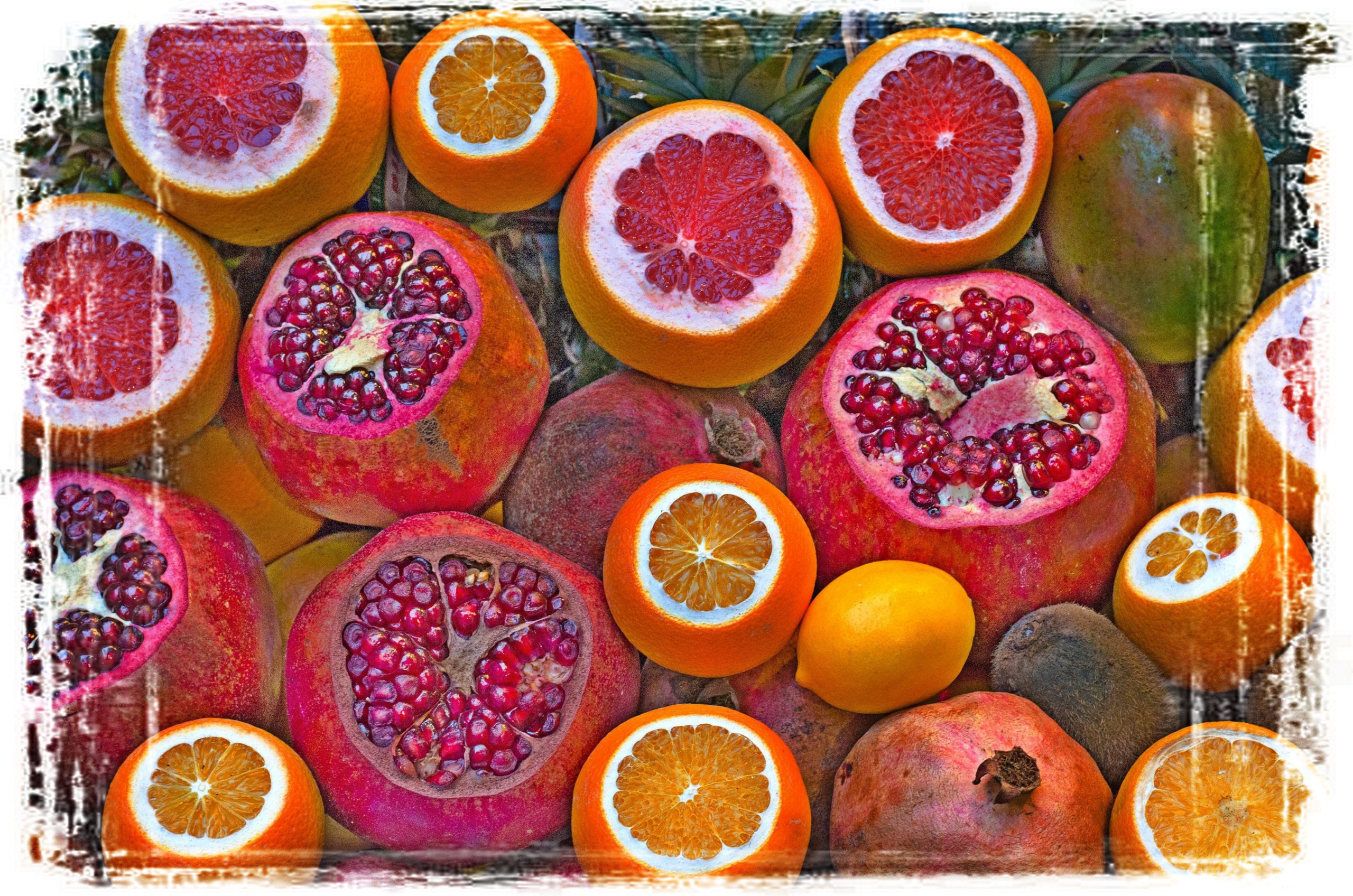Having a commodity like a survival food tackle meant you were labeled a” prepper,” as it that’s ever a bad thing. Preppers used to be laughed at and called” conspiracy proponents” for their beliefs in preparing themselves and their families for any and every forthcoming hiatus that life might throw their way. still, since the epidemic, hackers shutting down gas channels and meat manufacturers, rising food costs, rainfall disasters, and pitfalls of war, everyday people are starting to suppose that perhaps they, too should at least keep a survival food tackle at the ready.
Getting started with erecting a survival food tackle can feel inviting to numerous at first. What foods to add to the tackle for stylish nutrition? How long will the food last? How should I store the tackle once I’ve it set up? These are just some of the questions you may be asking yourself, and the reason this is so is that you are used to just buying what you like to eat and only as important as demand for the coming week or so each time you go to the grocery store. erecting a survival food tackle does not have to be exorbitantly complicated if you take on the process one step at a time.
You’ll need to ask yourself some questions to determine the primary use for your food tackle first and foremost. Are you making the food tackle for extremities or conditions that confine you to home or for situations where you will need to snare the food tackle, jump in your auto, and go? Will the tackle be designed to stay in the auto for extremities while you are in the vehicle down from home? Will the tackle be anticipated to feed you and your family for just many days or weeks or indeed months?
Step 2- Determine the storehouse position for your survival food tackle.
Once you’ve decided on the purpose for your food tackle, you will need to determine the place in your home or auto where you intend on storing your food. You will need to keep in mind your intended size of the food force which is directly grounded on how long the food should be suitable to feed you and your family since this will limit your storehouse space options. Your auto has limited space, so a 6- month force of food presumably will not fit well nor is such a large quantum of food in your auto probably necessary anyway.
The storehouse position for your survival food tackle can greatly affect the shelf-life or life of the food in your tackle. You will want to store the food in a cool, dry position out of the direct sun to ensure that your food remains good to eat for the longest length of time. Find a place in your house that fits this criterion, and be sure there’s enough room for the quantum of food or the overall size of your tackle.
As a general guideline, flashback, you will want to store food that you formerly eat. There’s no point in storing a bunch of barrels of tuna fish if you and your family do not indeed like to eat it. Indeed if you have the redundant finances to buy long- term snap- dried ready-made foods, you will want to choose the types of food that you and your family formerly eat in its” fresh” form. Stick to foods that you fancy, but try to add a balance of nutrition to your tackle in the process.
With that said, certain foods just can not be stored well, period. Foods that have high fat or humidity content generally don’t store well. Dried pasta,( white) rice, flour, sugar, and oatmeal all store relatively well if they are kept in properly sealed holders and in the proper terrain conditions. Canned goods generally store fairly well, still, you may consider choosing effects like dried sap over canned sap for longer shelf-life and lower weight.
You can buy powdered druthers
for effects like milk, eggs, adulation, and indeed peanut adulation. pulverized, dried foods are in no way the same as their fresh counterparts, indeed when reconstituted, they can still be relatively good in numerous fashions.
Step 4-Re-pack food particulars for a longer storehouse, if necessary.
numerous foods can be repackaged to give a better shelf- life. All of your dry food particulars will store well in a simple sealed vessel, still, they can also be placed into mylar bags along with oxygen absorbers and/ or desiccant packs for humidity control. You can also vacuum-seal the mylar bags for the ultimate protection of the foods in your tackle. numerous long- term snap- dried ready-made foods that can be bought are formerly packaged analogously for the stylish life, so no repackaging is generally necessary.
Step 5- Eat and rotate food from your survival food tackle.
One of the crucial ways to your survival food tackle is to flashback to rotate out food that has reached or passed its expiration and replace it with fresh resupply. The easiest way to do this is to simply eat foods from your tackle from time to time and instantly replace it. Again, this is why you will want to only have pasture foods in your tackle that you and your family want to eat.
Always eat the food particulars that are the oldest in the tackle first to insure proper gyration. You may be tempted to choose a particular item from the tackle grounded on what you are” in the mood” for, still you should avoid this and choose the item( s) that are nearest their end-of-life first.
As a perk tip, you may wish to include particulars like can openers, spice or seasoning packs, fire starting, cooking tools, etc. in your survival food tackle as well, for convenience, especially if your tackle will be of the heist- and- go type. Having these particulars right inside your tackle can save time, and it can make the experience of whatever disaster or situation that needed penetrating your food tackle in the first place less stressful to manage.
























































